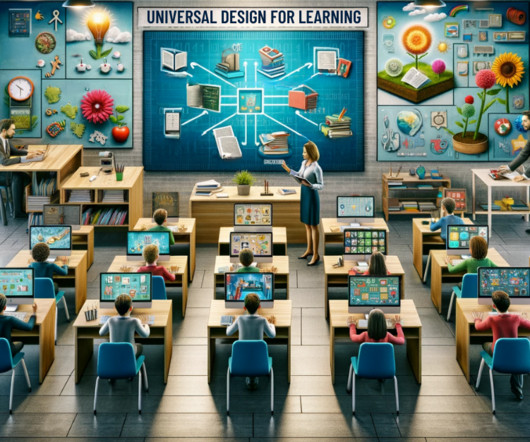The survival of higher education (2): Changing times
Learning with 'e's
FEBRUARY 8, 2014
In this paper, having revisited my previous speeches I''m going to try to gaze once more into the near future in an attempt to determine what education might look like in the light of the technological developments that comprise Web 2.0. As with most other technology innovations, Web 2.0 The Changing Web (2.0) and Purdon, M.














Let's personalize your content